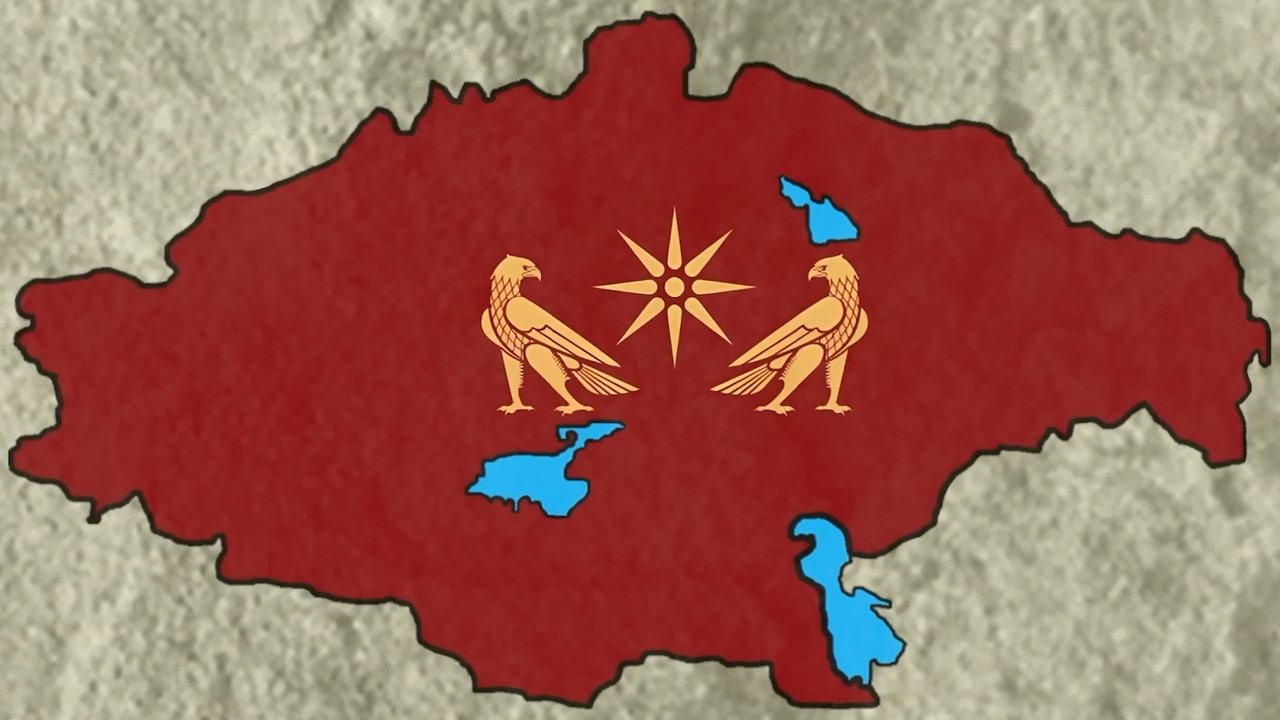
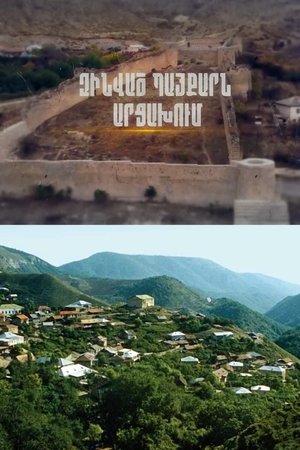
Artsakh: part 2(2022)
Artsakh: part 2
Artsakh: Part 2: Armed Struggle in Artsakh after the 17th Century. It is analyzed by experts-historians and is based on indisputable historical facts.
Movie: Artsakh: part 2
Top 4 Billed Cast
Historian
Historian
Video Trailer Artsakh: part 2
Similar Movies
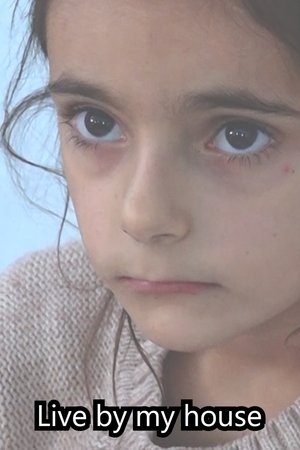 10.0
10.0Live by my house(hy)
In 2023, as a result of enemy aggression, Artsakh was finally depopulated after 9 months of blockade.
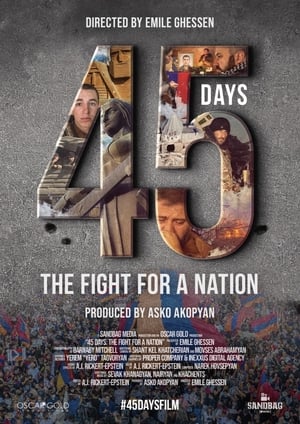 10.0
10.045 Days: The Fight for a Nation(en)
A feature documentary presented and directed by former Royal Marines Commando Emile Ghessen. The documentary tells the story of the 2020 war between Armenia and Azerbaijan over the disputed region of Nagorno Karabakh. In the fall of 2020, Armenia and Azerbaijan fought a brutal bloody war. Azerbaijan won, decisively. The feature documentary 45 Days: The Fight for a Nation tells the story of this conflict, from the Armenian perspective, focusing on the human cost of war and its impact on the large Armenian diaspora.
 10.0
10.0Artsakh: part 1(hy)
The documentary film presents the history of the province of Artsakh in Great Armenia until the 17th century. It is analyzed by experts-historians and is based on indisputable historical facts.
 10.0
10.0ARTSAKH: The kingdoms of Khamsa: part 3(hy)
Armed Struggle in Artsakh after the 17th Century. It is analyzed by experts-historians and is based on indisputable historical facts. The film tells the story of the period of the Khamsa kingdoms in Artsakh.
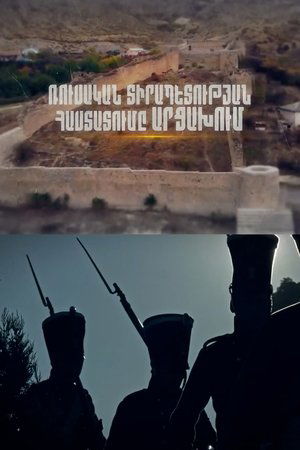 10.0
10.0Artsakh: part 4(hy)
It is analyzed by experts-historians and is based on indisputable historical facts. The establishment of Russian rule in Artsakh
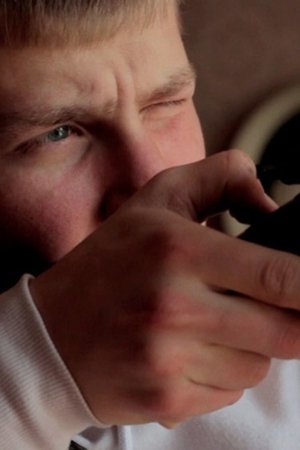 0.0
0.0Nina's Children(hy)
The 40-day war has just ended in Armenia. David completed a 2-year service and has returned home from the front. Uncertain about his next steps, he is actively searching for a job that resonates with him. Arthur served in the army for a year and is currently on vacation. He continues his efforts to recall his favorite tune on the piano. Serezha harbors jealousy toward his brothers who experienced the war. He is getting ready to enlist in the army, as he will turn 18 this year. All three are brothers, and they are all Nina's children.
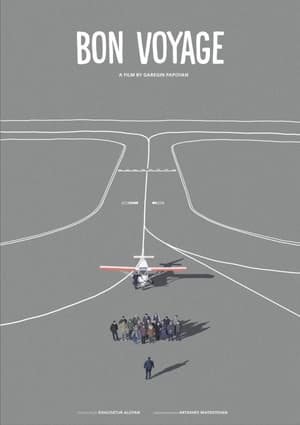 0.0
0.0Bon Voyage(hy)
Stepanakert's only airport has been operational for 8 years, employing over 50 people. Something is not quite right, however...airplanes and passengers are nowhere to be seen.
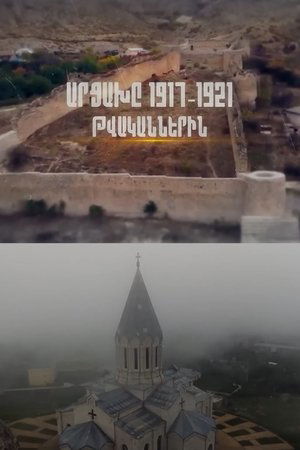 10.0
10.0Artsakh: part 5(hy)
The 5th part of the Artsakh film series tells the story of the history of Artsakh from 1917 to 1921. It is analyzed by experts-historians and is based on indisputable historical facts.
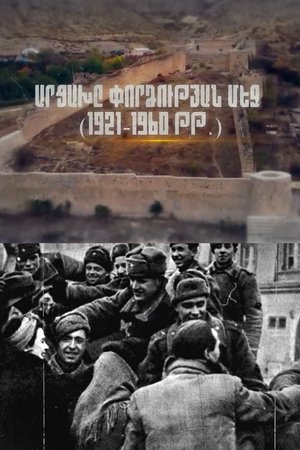 10.0
10.0Artsakh: part 6(hy)
The 6th part of the Artsakh film series tells the story of the history of Artsakh from 1921 to 1960. It is analyzed by experts-historians and is based on indisputable historical facts.
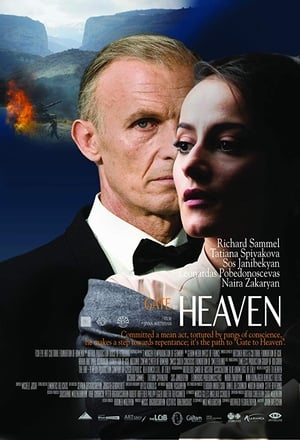 0.0
0.0Gate to Heaven(hy)
Robert Sternvall, a German journalist, returns to Artsakh in 2016 to cover the war which has been reignited after a 22-year ceasefire. In the result of his journalistic investigation, Robert meets Sophia, a young opera singer, who happens to be the daughter of missing photojournalist Edgar Martirosyan, whom Robert abandoned in captivity during the fall of the village of Talish in 1992. Robert and Sophia’s frequent rendezvouses ignite a passionate romance...
 0.0
0.0DORA’S YELLOW SHOES(hy)
Dora is 84. She has lived through war, displacement, and loss—yet never lost her spirit. Each day she tends to her home and garden, preserving her dignity through familiar rhythm. In her wardrobe a suitcase and a pair of yellow shoes wait quietly. Dora’s Yellow Shoes is a poetic short documentary about memory, resilience, and the quiet rituals that hold a life together.
 0.0
0.0Revival(hy)
In 2020, when a French robotics student investigates his mother's guarded secret about his true Armenian identity, he jeopardizes his university AI competition to travel to Artsakh and gets entangled in an unexpected full-scale war where he must rely on the evolving consciousness of his AI creation to save his life and learn the truth.
Call of Blood(hy)
The movie is dedicated to the 44-day Artsakh war heroes' memory. Based on true stories.
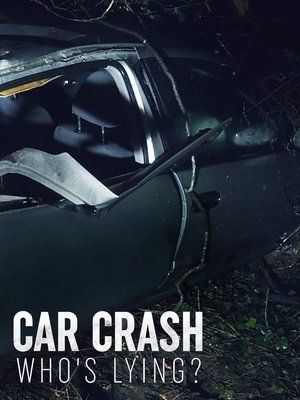 0.0
0.0Car Crash: Who's Lying?(en)
Documentary exploring the aftermath of a car crash. As stories change and conflicting testimonies emerge, police must unpick the mystery of what really went on.
Ongewisse tijd(nl)
The documentary begins with a dramatised reconstruction of the sea voyage by Hartog Simon Pos and his brother Matthijs in the year 1774. They were on their way to Suriname. Nearly two hundred years later, Diego Pos made a trip in the opposite direction: he was the last Pos to leave Suriname. In Ongewisse tijd, Pos returns to Suriname in search of the history of his Jewish family and of Suriname Jews in general. He happens upon unexpected relatives, like Simon Matthijs, who was born out of a slave in the eighteenth century. The search and encounters with various representatives of Jewish communities in Suriname run synchronous with the dramatised story of the brothers Hartog Simon and Matthijs, whose initially close relationship was seriously dampened by love affairs.
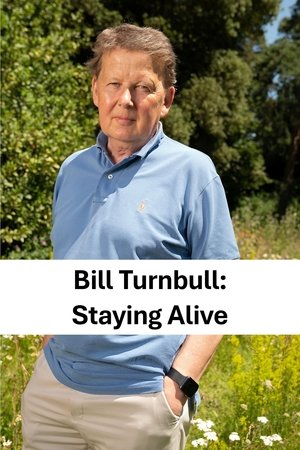 0.0
0.0Bill Turnbull: Staying Alive(en)
This intimate documentary follows journalist and presenter Bill Turnbull as he undertakes chemotherapy, tries cannabis for medicinal purposes and adopts a healthier diet.
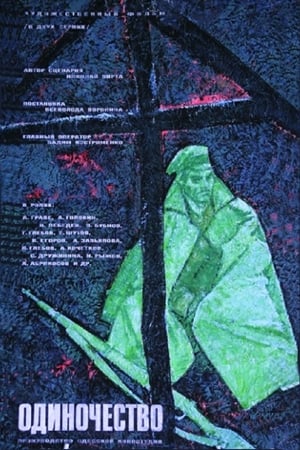 8.0
8.0Loneliness(ru)
Soviet propaganda film on the struggle against counter-revolution in Tambov region in the first years of Soviet power.
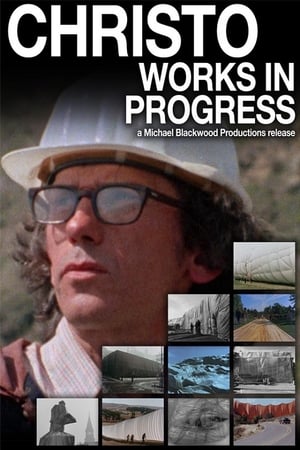 0.0
0.0Christo: Works in Progress(en)
“Christo: Works in Progress” takes us around the world on a showcase of the artist’s grand environmental installations. With both critique and praise from members of the communities that have hosted Christo and his works, the film takes a deep look into the process and outcome of pieces such as Wrapped Coast, Running Fence, and Wrapped Walkways. While discussing his inspirations and motives, Christo states, “The work of art is not the fabric, steel poles and cable, the work of art is the hills and the ocean, the sky, the gates, the rocks, the people, the light- this is the work of art.” (Christo Vladimirov Javacheff) Though his work may appear to be visually distracting from the landscapes he creates in, Christo’s aim is to bring attention to the land itself and encourage people to take note of their surroundings.
Escape from Suburbia(en)
On the way to creating a new future, the New Jewish Filmmaking Project is rediscovering the past. 11 young storytellers, ages 15-25, collaborated with Citizen Film’s team of documentary professionals to create a multimedia exhibit that offers a set of signposts for what Jewish identity has been and is becoming.
 0.0
0.0One Hundred Years with Juan Rulfo(es)
This documentary explores key moments in the life of writer Juan Rulfo, with artists such as Werner Herzog and Eduardo Galeano reflecting on his work.


